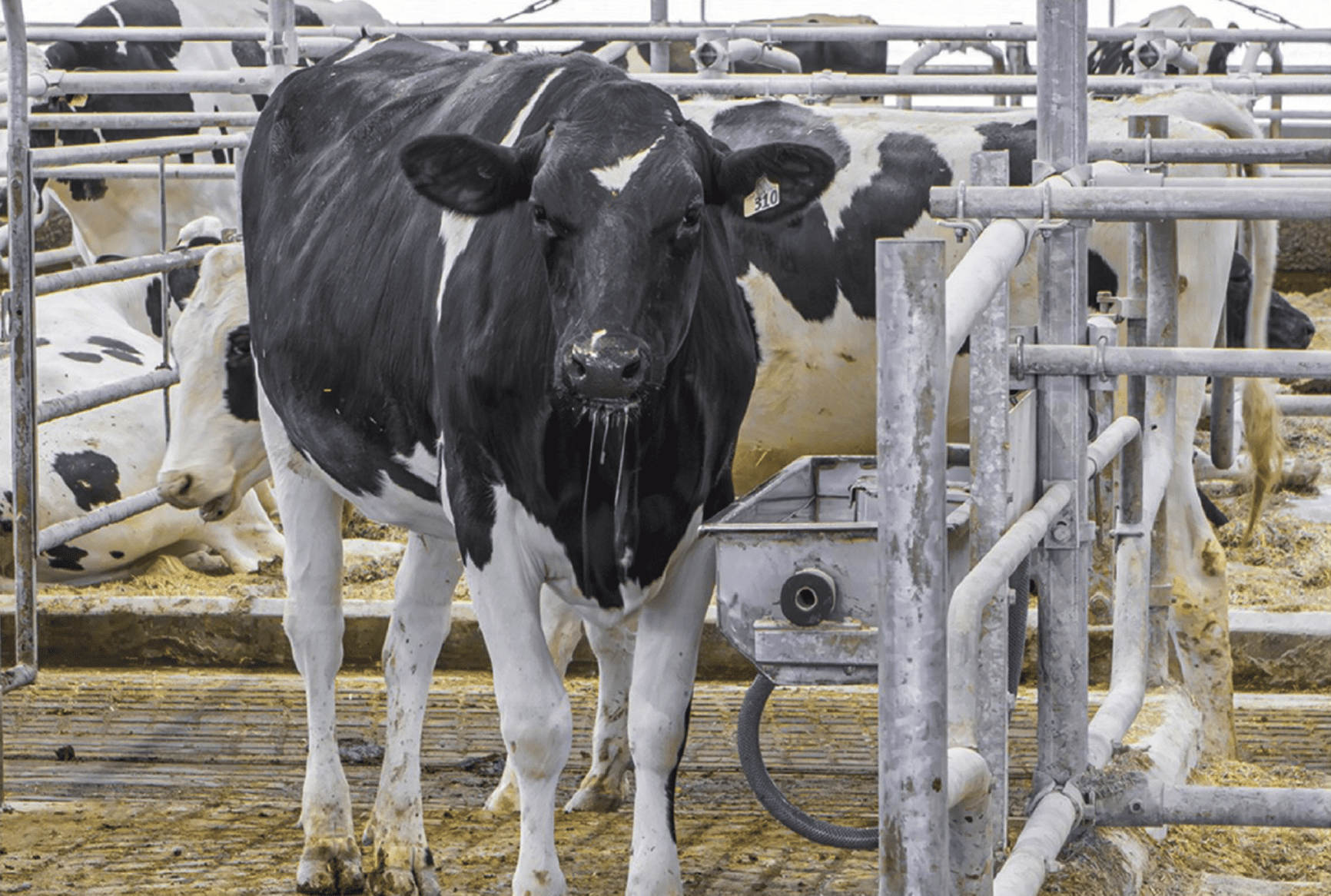14 Nov Clean Water, Healthier Herds: The Untapped Power of Fresh Water in Fighting Disease
Acepsis’ own Dr. David Kolb is making waves in the industry! Featured in a Progressive Publishing article, Dr. Kolb dives into the vital link between cow health and the cleanliness of water troughs.
Publication: Progressive Publishing,
Author: Audrey Schmitz, Progressive Dairy Editor
The Importance of Clean Water for Disease Prevention
At a Glance: Thoroughly clean and disinfect water troughs to curb the spread of disease on dairies.
Although no single disease transmission pathway has been identified for the highly pathogenic avian influenza (HPAI), one highly probable transmission route is through consuming contaminated water. Water has a higher likelihood of transmission due to the number of animals drinking from communal water sources.
“If you can imagine a water trough in a group of animals, when one diseased animal goes and drinks out of that water trough, nasal secretions of a sick animal go automatically into that water trough and therefore, probably expose the whole herd or all the other animals in that group to the disease that was in one animal,” says David Kolb, veterinarian and chief financial officer for Acepsis, LLC.

“Whereas in a feed lane, yes, it might expose animals on either side of them to the disease, but it’s not going to likely go and expose the whole group because it is not as readily available. So primarily that’s the reason why water troughs are more likely to cause or transfer disease.”
In order to limit the spread of disease on dairies, water troughs should be cleaned out thoroughly at least twice a week, Kolb says.
To thoroughly clean a water trough:
1. Empty it completely and remove all debris such as feed, manure,
leaves or branches.
2. Scrub with a stiff-bristled brush and chlorinated alkaline detergent or bleach.
3. Rinse with clean water.
4. Refill the water tank.
“What I see most people doing is just taking a brush and partially getting rid of the organics in the bottom of the water trough. I’d really encourage people to use detergent, scrub and get rid of the biofilm or slime that’s within the water trough,” Kolb says. “The biofilm is where most of the pathogens and disease-causing organisms are located. lf you just flush out your water trough, then you don’t get rid of that biofilm. It’ll just get repopulated right away with any microorganisms that are in that water trough.”
Disinfection options
To prevent further growth, there are several disinfection options that can be added to sterilize drinking water such as chlorine dioxide (CIO2), hydrogen peroxide (H2O2), diluted chlorine bleach (sodium hypochlorite), peracetic acid (PAA), iodine or quaternary ammonium chloride (QAC).
“Hydrogen peroxide and bleach are weaker oxidizers than chlorine dioxide and peracetic acid, and force some minerals out of the water solution,” Kolb says. “Peracetic acid is a strong oxidizer and drops the pH to the point where minerals will not precipitate leaving spots to harbour bacteria. Therefore, chlorine dioxide is a better oxidizer, and the acid is a better mineral scavenger made to control pathogens at an extremely low concentration.”
Kolb also says iodine has regulatory hurdles, as it’s not as concentrated as other options and stains surrounding surfaces.
Quaternary ammonium chloride is not allowed in organic facilities, has deleterious fate in groundwater and can upset beneficial gut bacteria.
“Animals still need to drink the water, and we can’t have really high concentrations of disinfectant solutions in that water or it’s going to affect animals’ willingness to drink,” Kolb says.
Adding disinfectants to dirty waterers is very ineffective. You first need to clean away organic debris and any buildup of material or biofilm.
“The way oxidizers work to disinfect is they attack the cell membranes of microorganisms. When there is feed or organic material inside the dirty water trough, they work against the disinfectant and use it up, so to speak, before it has a chance to really kill any microorganisms,” Kolb says. “Although it’ll help, it won’t do as good a job as if you’re applying it to a clean, nonorganicfilled water trough.”
Testing your water
Once your water troughs are clean, annual testing of water quality is recommended.
“Two kinds of easy-to-get handheld devices that can be used on the dairy to evaluate the cleanliness and disinfection of the water are an ORP (oxidation reduction potential) meter or an ATP (adenosine triphosphate) meter,” Kolb says.
ORP meters monitor the germicidal capacity of treated water to break down microorganisms and biofilm. An ORP level of 450 millivolts (mV) or higher typically indicates sufficient disinfecting power to inactivate viruses like HPAI. An ATP meter measures microorganism DNA, and it gives an estimate on how much bacteria is within the water.
Due to the recent outbreak in the U.S., now might be the perfect time to make management changes to improve overall water quality and ensure the health and well-being of your cows. Implementing these measures requires a coordinated effort among farm management and veterinary health professionals.
Note: Rates vary based on the product you use; consult your veterinarian for dilution rates.


